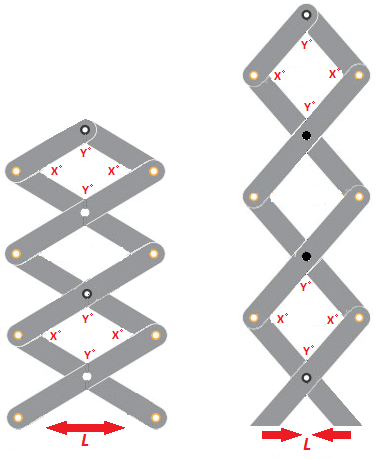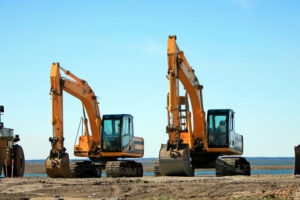A lift table is a mechanical fixture used to lift heavy loads in a factory. Its main advantage is that it helps minimize absenteeism in factories due to injuries caused by lifting heavy loads and repetitive strain in the course of duty.
It is suitable for as many factories as having any process that involves frequent lifting of heavy items. It is available in different sizes and can lift loads ranging in weight from 500kg to 5000kg. If you need one that lifts heavier, Sax Lift a leading lift table manufacturer is ready to build you a customized product.
Here are the main features of a lift table.
Base
This is the flat surface that supports the frame, platform and the mechanical part of the lift table. It can be flat for those factories or workplaces that need it to be fixed to the floor. It is also available wheeled so that it can be used to transport the heavy items that it lifts.
Like every other structure, the base should be strong and firm. Otherwise, it will not hold once a heavy weight is placed on the platform.
Scissors
Attached to the base and the platform, the scissors are the mechanical part of the lift table. Different tables have different types of scissors. Some have a single pair while others have double. Each of these tables is suitable for different purposes. You can get a lift table with single or double scissors from saxlift.com.
The scissors are the part of the lift table that make it function as it should. They provide the upward movement which is the basic function of the lift table. Without them, you do not have a lift table.
Platform
The scissors are the lift, while the platform is the table onto which heavy loads are placed for lifting. Without this part also, you do not have a lift table. Platforms can be manufactured to fit different uses. They can be galvanized to avoid rust and used outdoors. Also, they could be much smaller to be used for transport functions.
The platforms can also be fitted with additional features such as cages from which work or items are placed for safer and easier maneuvering in the factory.
Control panel
Lift tables have different control mechanisms. Some are operated mechanically while others are operated electrically. The mechanical lift tables have a step or a handle that is operated by foot or hand. If a user wants to adjust the height of the lift table, they can use the handle to raise or lower it.
On the other hand, the electric lift table has a button that can be pushed to adjust the height of the lift table.
All lift tables have the same functionality. Their only difference is in the mode of operation. One is manual while the other is automatic.
Safety fences
Depending on the task that the table lifts are used for, they will also have safety fences. This is a physical ring that ensures that users of this table are not harmed intentionally or accidentally in the course of using the lift table.
If it is used for purposes of raising goods or people to a high vertical height, safety fences are important. These will be located around the platform to ensure that the load or people raised by the lift do not tumble down.
Usage rate
One major feature, especially in mechanical lift tables, is the presence of a specified usage rate known as cycle runs. This refers to the number of cycles that a lift table can comfortably handle within an hour or work.
Exceeding the stipulated usage rate is dangerous and may cause the lift table to malfunction.
Conclusion
These are the essential parts of a lift table. The design and organization of these parts bring together a useful product in automation and ensuring that factory workers are safe and their health is well looked after.















